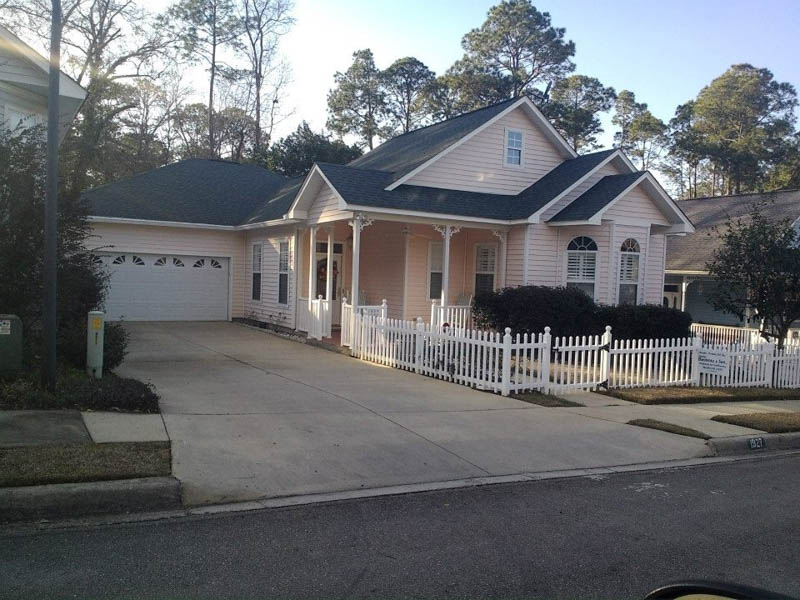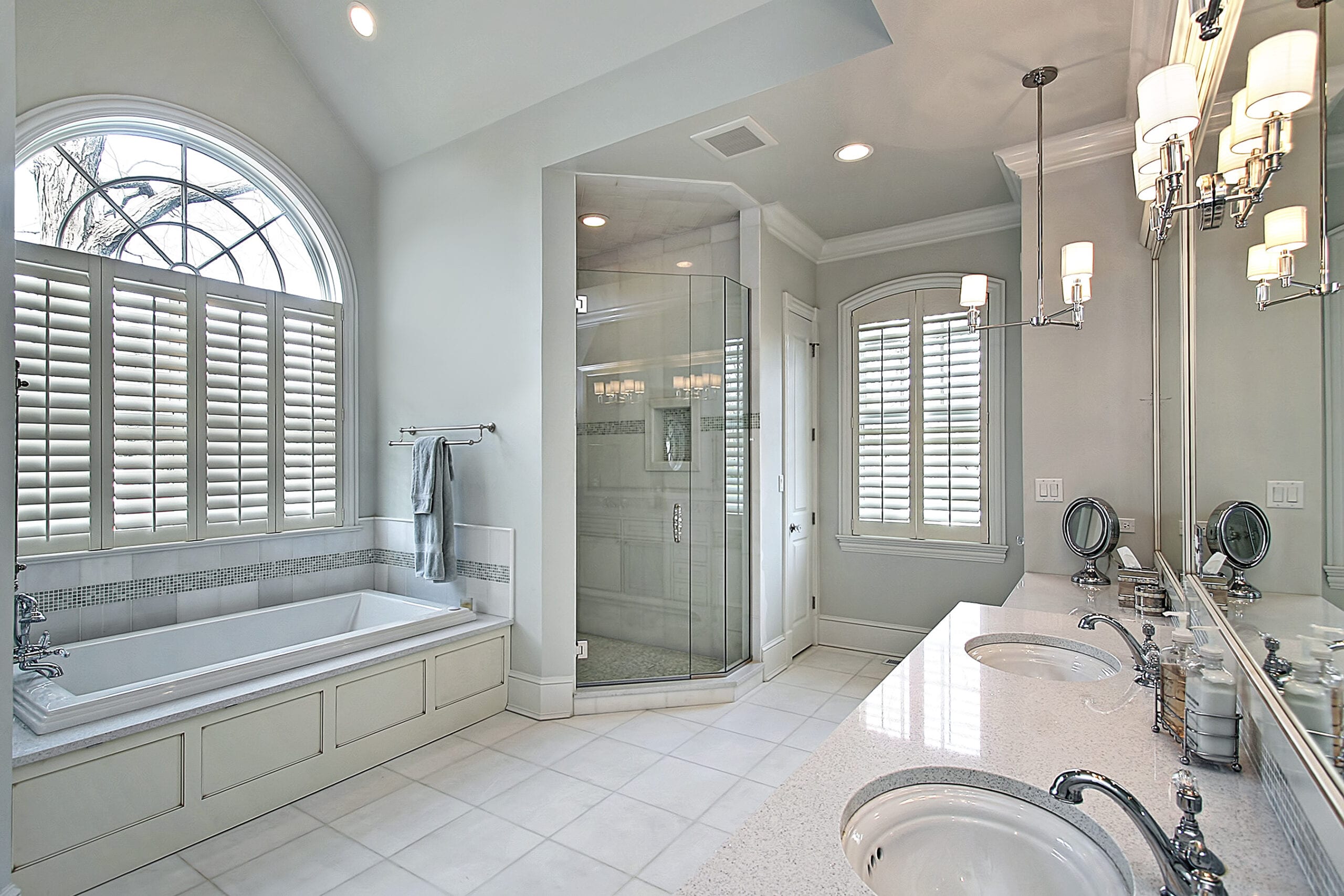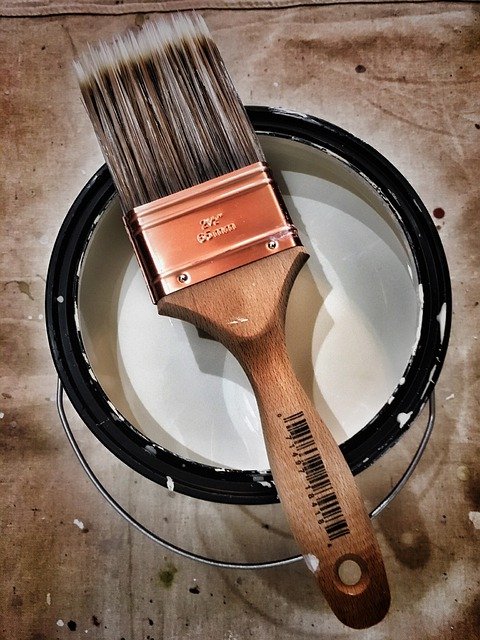
It is essential to be familiar with the process before you start replacing weather stripping on your garage doors. To make sure that the proper size is used, measure the height and width of your garage doors. You can also measure the length of the old stripping and cut it to fit. Next, attach the new pieces. Be sure to overlap the top and side pieces of the weatherstrip to make sure they match up properly.
Make sure to do it right if you are replacing an old weatherstrip. With time, the garage door's bottom seal can wear out. Due to concrete floors or driveways, it can leave large gaps underneath your garage door. If you have an older garage that needs to be repaired, you will need weatherstripping installed around the bottom. If you are repairing a more recent model, you will need to use full perimeter weatherstripping.

You should ensure that the right bottom weatherstrip is being replaced. The "V" on the weather stripping should face the outside. It should be placed between the two sections. Push the excess astragal into the channel to keep it in place and prevent shrinkage. You'll need to replace the top weatherstrip after you have replaced the bottom.
You will need to measure the door's edge to ensure it is the right size if you are replacing weatherstripping. If you can't measure the edge, you can use a pry bar to pry the old weather stripping off. You can then replace the weatherstripping with the new one once you have removed the old. After you have removed all of the weatherstripping, it is time to take out the old and new ones. This step will require you to measure the new one.
The homeowner can easily replace the bottom portion of the weatherstrip on their garage door. The homeowner can repair any gaps or leaks in the weatherstrip by themselves. If a section of weatherstrip becomes damaged, your garage may shift or crack. You can fix this problem by replacing the bottom weatherstrip on your garage door. Next, install a garage door.

You should measure the door's width when replacing weatherstrip. You can then cut the stripping with a saw, or pruning shears. The strips should be placed in the top of your door. However, you need to verify the door's dimensions before cutting the weatherstrip. It is essential that the strips match. Measurements of the sections and top are necessary if you plan to replace the weatherstrips throughout the garage.
FAQ
Can you live in your house while it's being renovated?
Yes, I am able to live in a house and renovate it.
Are you able to live in your house while the renovations are ongoing? The length of construction takes will determine the answer. If the renovation process takes less than 2 months, then your home can be lived in while it's being renovated. However, if the renovation project lasts longer than two months, then no, you cannot live in your home while the renovation is taking place.
Because of the possibility of falling objects, you shouldn't live in your home while a major construction project is underway. The heavy machinery and noise pollution at the job site can also cause dust and noise pollution.
This is especially true if your house has multiple stories. In such cases, vibrations and noises from construction workers may cause irreparable damage to your property.
As we mentioned, temporary housing will be necessary while your home is being renovated. This means that your home won't provide all the amenities you need.
As an example, your washer and dryer will be out of commission while they are being repaired. The workers will make loud banging noises, paint fumes, and chemicals obstruct your ability to use your dryer and washing machine.
All these factors can lead to stress and anxiety among you and your family members. So it is important that you plan ahead so you don't feel overwhelmed by all the circumstances.
It is important to research before you start renovating your house. This will help you avoid costly mistakes down the road.
You can also consider professional advice from a trusted contractor to ensure smooth running of your project.
Can I remodel my whole house by myself?
You can do it yourself so why pay someone when you could save time and money?
It doesn’t matter how much DIY is your passion, sometimes it can be difficult to do the job yourself. It may be impossible to control the many variables.
A qualified electrician would be required to check the safety and reliability of your electrical system if you live in an older house.
Consider that you may not be able repair any structural damage that might have occurred during the renovation.
You might not have all the necessary tools to do the job correctly. You will need a special tool called the plumber's snake to clean clogged pipes if you plan to install a kitchen sink.
There are also plumbing codes that require you to have a licensed plumber working on your project.
It is important to understand your capabilities before embarking on such a large task.
If you aren't sure if you have the skills or knowledge to tackle the task, get help from your family and friends.
They can provide advice on the best steps to take and places to find more information.
What should I do if I want to hire an architect/builder?
It may be simpler to hire someone to help you renovate your home. But if your goal is to buy a house, hiring an architect/builder will ensure that you get the home you desire.
Is it worth the extra cost to build or remodel a house?
There are two options available to you if you're considering building a home. One option is to buy a pre-built home. This type of home can be moved in to immediately after it is built. Another option is to build a custom home yourself. To build your dream home, you will need to hire an architect.
Cost of building a home is determined by how much time you spend planning and designing it. A custom home may require more effort because you'll likely need to do most of the construction work yourself. But, you also have more control over which materials you choose and where you place them. So, it might be easier to find a contractor who specializes in building custom homes.
A new home will usually be more expensive than a renovated home. Because you will need to pay more money for the land and any improvements made to the property, this is why a new home is usually more expensive. Permits and inspections are also required. The price difference between a newly built and remodeled home averages $10,000-$20,000.
Do you prefer to do walls or floors first?
It's important to know what you want to accomplish before you start any project. It's important to think about how you are going to use the space, who will use it and why they need it. This will help determine if flooring or wall coverings are best.
You may want to lay flooring before you create an open-plan kitchen/living space. You can also choose wall coverings if you want to make the room private.
Statistics
- On jumbo loans of more than $636,150, you'll be able to borrow up to 80% of the home's completed value. (kiplinger.com)
- ‘The potential added value of a loft conversion, which could create an extra bedroom and ensuite, could be as much as 20 per cent and 15 per cent for a garage conversion.' (realhomes.com)
- Most lenders will lend you up to 75% or 80% of the appraised value of your home, but some will go higher. (kiplinger.com)
- Design-builders may ask for a down payment of up to 25% or 33% of the job cost, says the NARI. (kiplinger.com)
- It is advisable, however, to have a contingency of 10–20 per cent to allow for the unexpected expenses that can arise when renovating older homes. (realhomes.com)
External Links
How To
How to Renovate an An Old House
Before you start, it is essential that you decide which type of renovation project to undertake. This could be anything from updating your kitchen appliances to completely renovating the house.
Once you've decided what sort of renovation you want to carry out, then you need to think about how much money you have available to spend. You might discover that you don't have enough funds for the entire project. If this is true, you will need to make hard decisions about which areas you can afford to fix and which ones you won't.
If you decide that you're going to go ahead and carry out renovations, then there are several things that you need to consider before starting work. The most important thing is to ensure that you get any permits required for the job. You should check whether you are required to have planning permission to perform certain types of work. To add extensions to your home or make other changes, you might need building consent.
Before you start work on the house it is best to check with the local council website to determine if additional permits are required. Check whether you need planning permission to renovate any of the parts of your house. Finally, if you're carrying out any major works such as installing a new roof, you might need to contact your insurance provider to make sure that you have adequate cover in place.
The next step after getting all the permits you need is to choose the right tools and materials for the job. There are many options so make sure you take your time and research each one thoroughly. Paint, wallpaper paste, carpets and tiles are some of the most commonly used items in renovations.
It is important to evaluate the quality of these items when you are shopping for them. Low quality products are more likely to be thrown away after a while, while high-quality products last for a longer time and offer better value. When purchasing any product, make sure you purchase the correct amount. It's important to not buy too much. You could waste valuable resources and end up with a lot of wasted material. Try to only buy what you actually need.
Once you've decided on the materials you want to use, you must plan where you'll keep them while you are working on the property. If you're planning on renovating a large space of your house, you might need storage space. Another option is to ask friends and family to help you move the items.